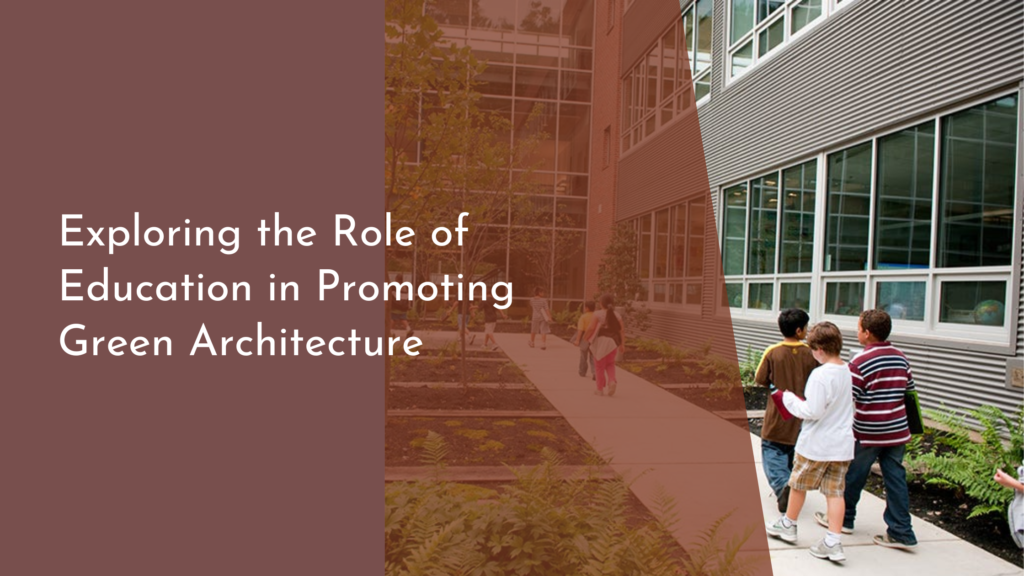Urban Forests as Models of Inclusive Urban Green Projects
Urban forests have emerged as vital components of modern cities, providing a wealth of ecological, social, and psychological benefits. As urban areas continue to expand, the need for inclusive green spaces becomes increasingly apparent. Urban forests serve not just as havens for biodiversity, but also as models for inclusive urban green projects that bring communities together. By examining the many advantages of urban forests, their design principles, the importance of community engagement, and the collaborative vision for the future, we can understand how these green spaces can act as catalysts for positive urban transformation.
Discovering the Benefits of Urban Forests for All
Urban forests play an essential role in improving the quality of life for city dwellers. They provide clean air, reduce urban heat, and mitigate stormwater runoff, thereby helping to combat climate change. Additionally, these green spaces promote biodiversity by offering habitats for various wildlife species. For residents, the presence of trees and green areas has been linked to reduced stress levels and improved mental health. Children benefit as well, with studies showing that access to nature enhances creativity and cognitive development, making urban forests a boon for families.
Moreover, urban forests can foster economic benefits. They often increase property values, attract tourists, and provide potential job opportunities in landscaping and environmental management. When designed inclusively, urban forests can serve all segments of the population, including marginalized communities that may lack access to quality green spaces. By prioritizing urban forests, cities can ensure that the benefits of green spaces are equitably shared among all residents.
Designing Inclusive Spaces: Trees for Everyone
The design of urban forests should reflect the diverse needs of the communities they serve. This involves selecting tree species that are resilient to local climate conditions while also considering the aesthetic and usability preferences of the community. Creating a variety of spaces within urban forests is crucial, as some individuals may prefer quiet, contemplative areas, while others might seek active recreational spaces. Incorporating features such as walking paths, seating, and educational signage can enhance the usability of these areas, making them welcoming for everyone.
Inclusive design also means ensuring that urban forests are accessible to all, regardless of physical ability. By integrating wheelchair-accessible paths, sensory gardens, and play areas for children of all ages, urban forests can become spaces where everyone feels welcome. Furthermore, involving local communities in the design process ensures that the spaces created meet the unique needs of the residents, fostering a sense of ownership and pride in the urban forest.
Community Engagement: Planting Together for a Greener City
Community engagement is a cornerstone of successful urban forestry projects. When residents are involved in planting and maintaining their urban forests, they develop a deeper connection to these green spaces. Organizing tree-planting events or volunteer days not only enhances community bonds but also empowers individuals to take an active role in their environment. Educational workshops can further promote awareness about the importance of trees and biodiversity, encouraging residents to adopt sustainable practices in their own lives.
Collaborative efforts can also extend to partnerships with local organizations, schools, and businesses. By working together, communities can pool resources and expertise to maximize the impact of urban forestry initiatives. These collaborations can lead to larger projects, such as community gardens or green corridors, which enrich the urban landscape and foster biodiversity. Ultimately, when people come together to plant and nurture their urban forests, they reinforce the idea that green spaces belong to everyone and can thrive through collective effort.
The Future of Urban Green Projects: A Collaborative Vision
The future of urban green projects lies in a collaborative vision that emphasizes sustainability, accessibility, and community well-being. As cities continue to grapple with challenges related to climate change, social equity, and urbanization, inclusive urban forests can serve as a model for addressing these issues. By prioritizing green initiatives that engage diverse communities, city planners can create resilient urban ecosystems that contribute to a healthier environment for all residents.
Looking ahead, technology and innovation will play an essential role in the evolution of urban green projects. Utilizing data to track the health of urban forests, integrating smart technology for maintenance, and employing community feedback platforms will enhance engagement and participation. Through these efforts, urban forests can become dynamic spaces that evolve with the needs of the community while providing numerous environmental and social benefits. Together, we can build a greener, more inclusive urban future that celebrates the beauty and importance of trees in our cities.
Urban forests are more than just clusters of trees; they are vital community assets that enhance the quality of life for residents and promote environmental sustainability. By focusing on inclusive design, community engagement, and collaborative visions for the future, cities can transform their urban areas into vibrant green spaces that serve everyone. As we embrace the potential of urban forests, we can cultivate more resilient, inclusive, and joyful communities where nature and city life thrive in harmony.

